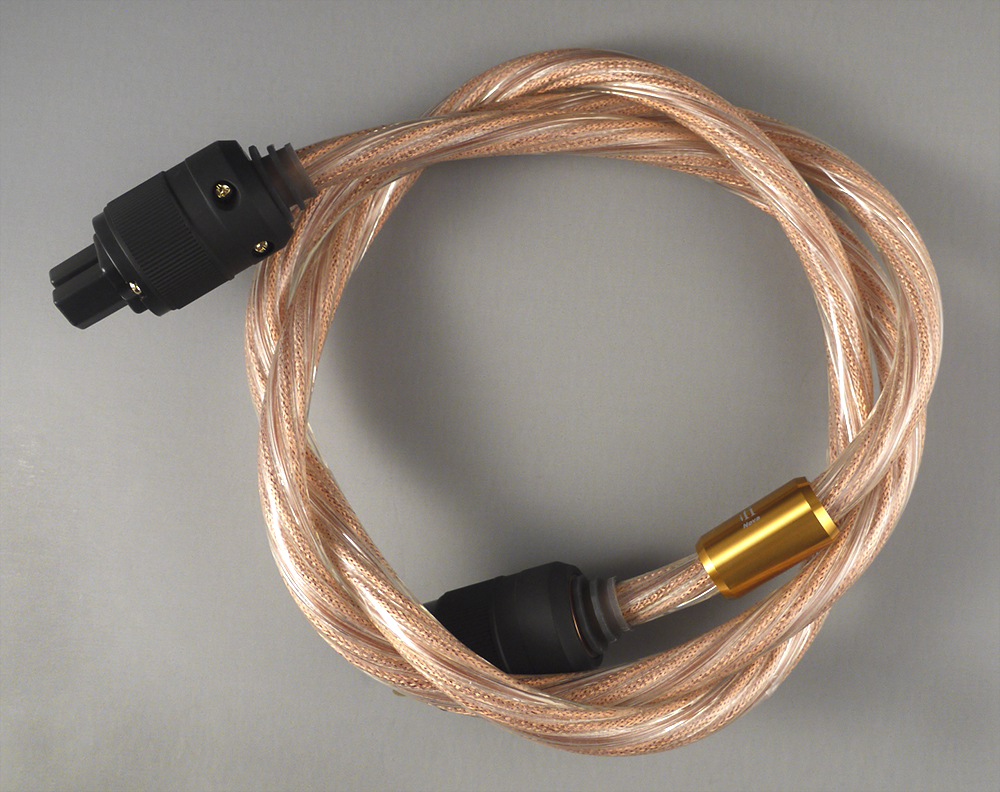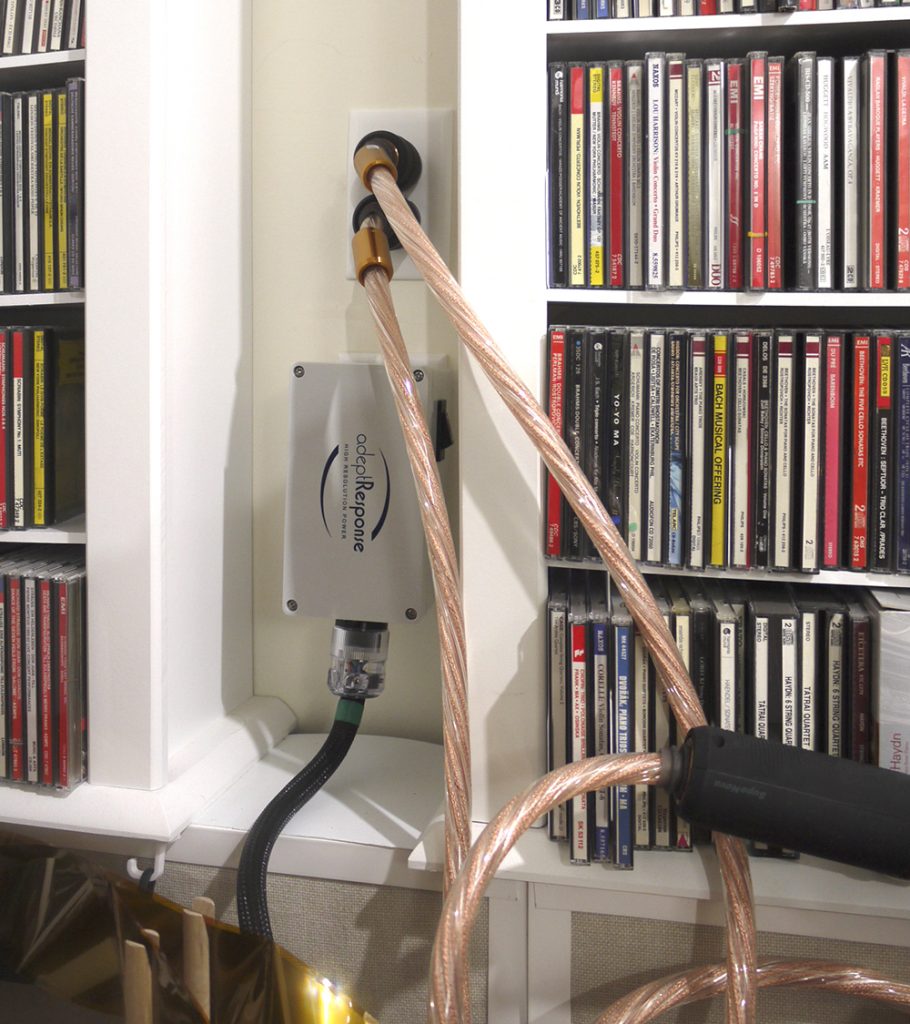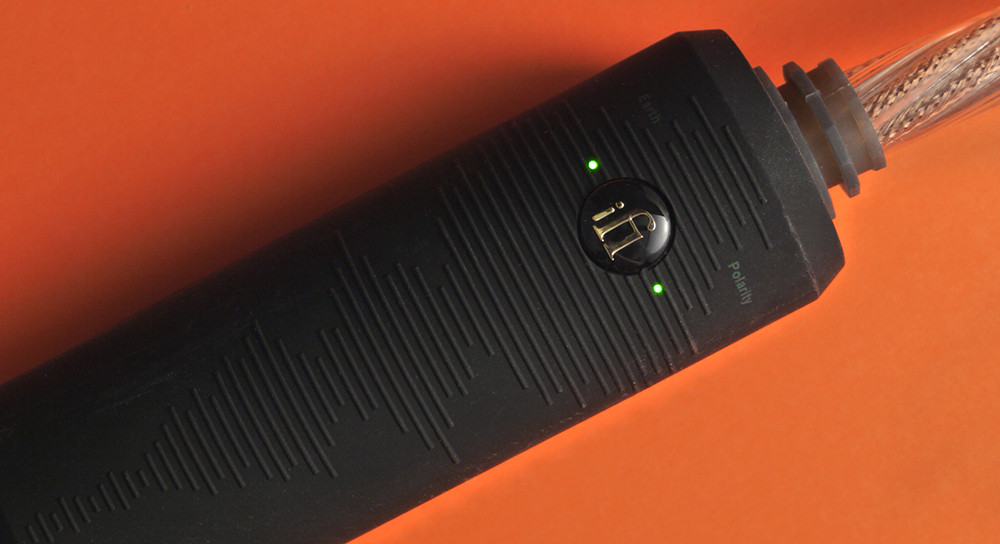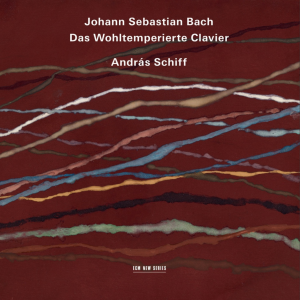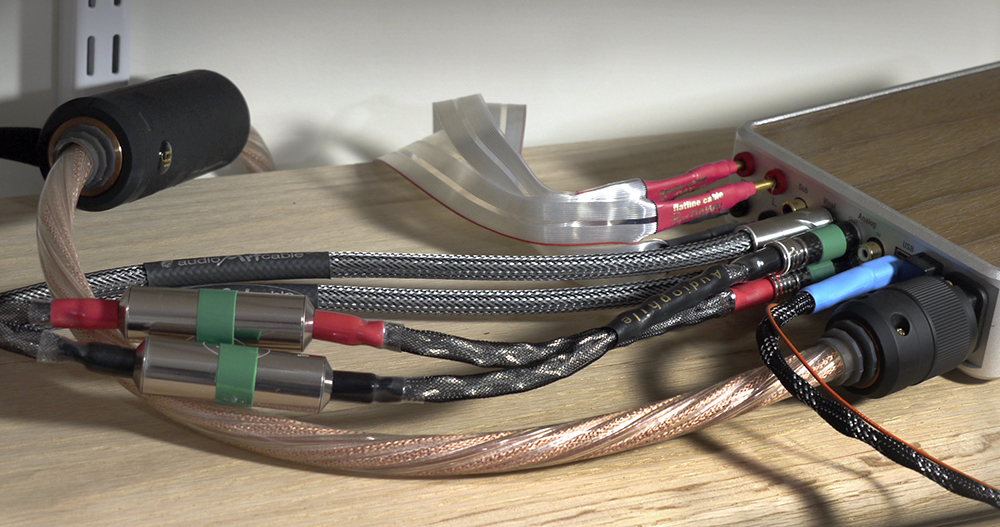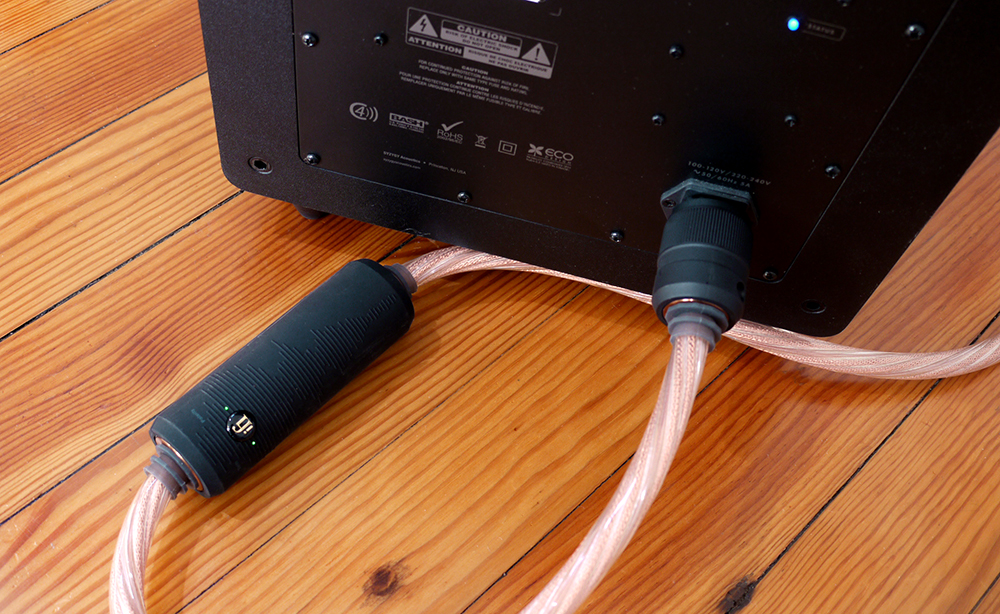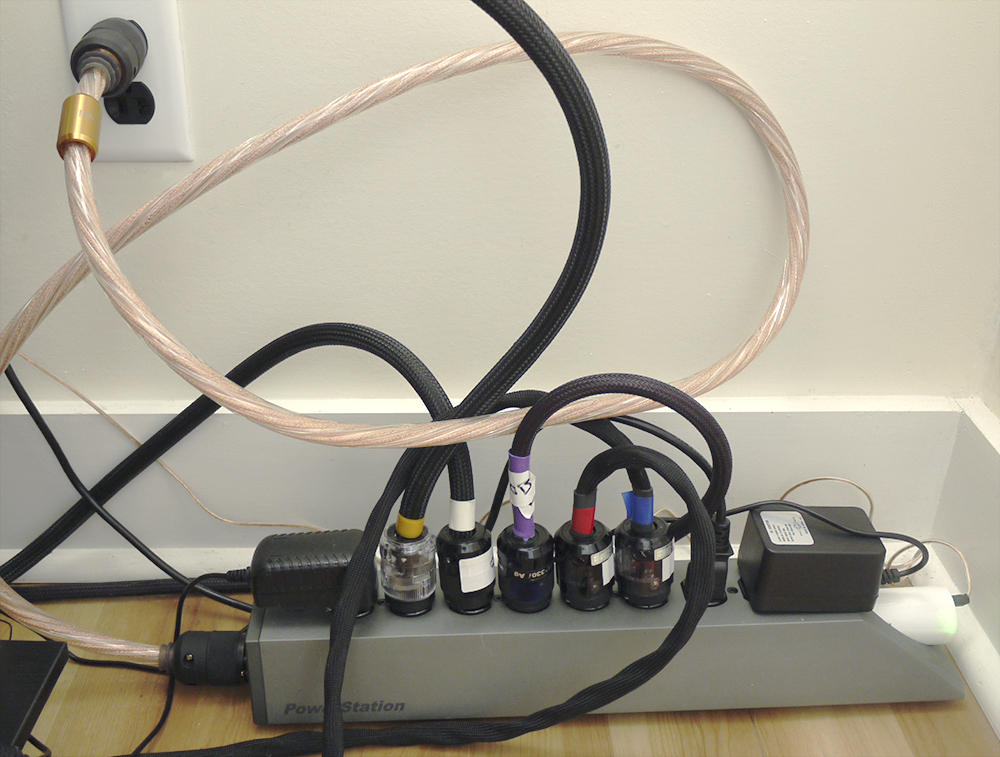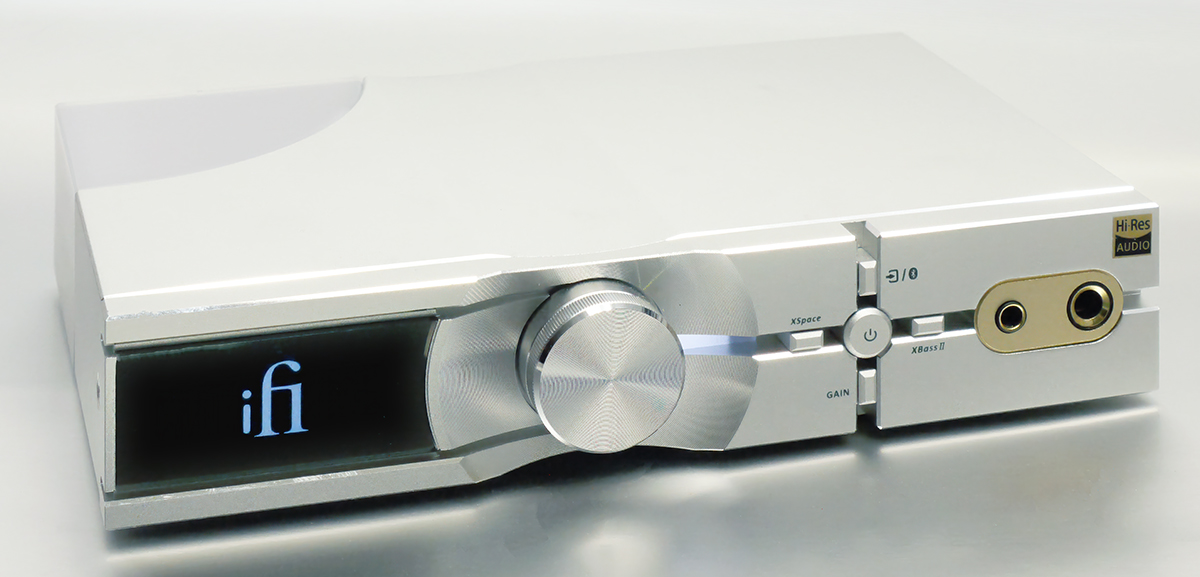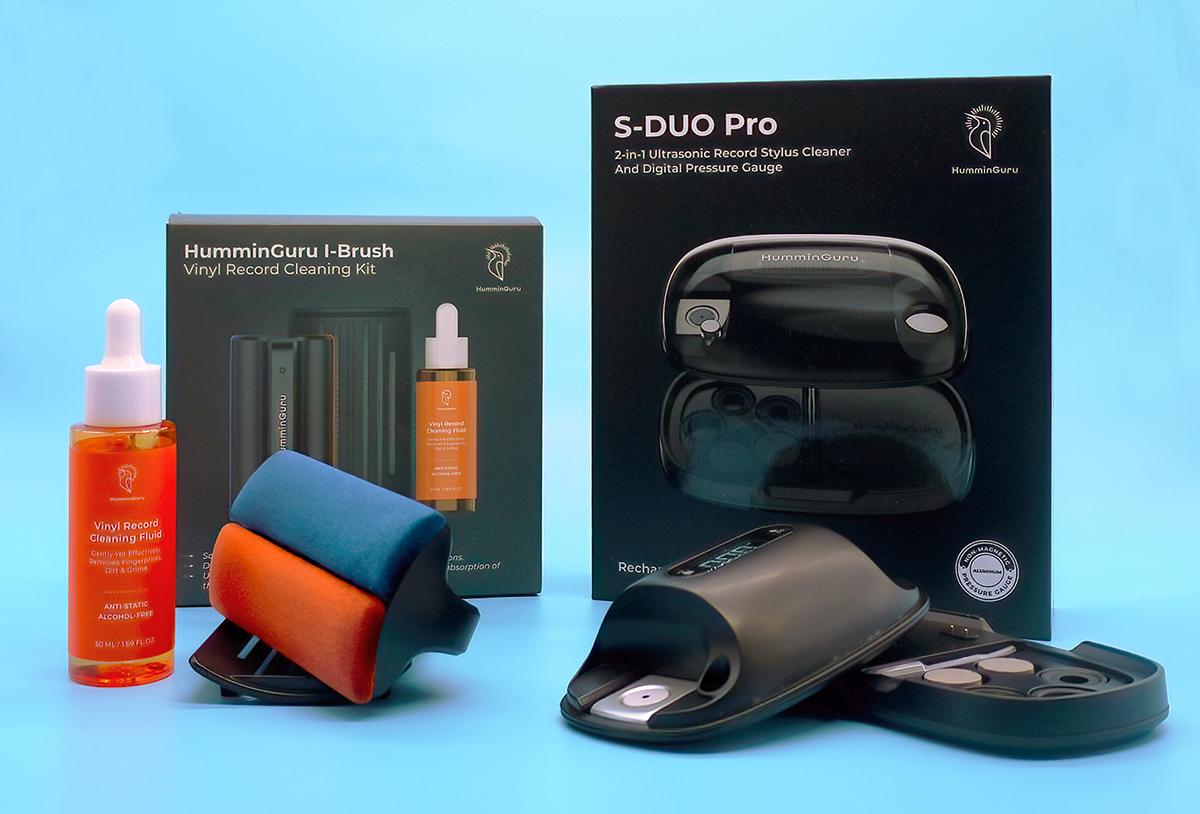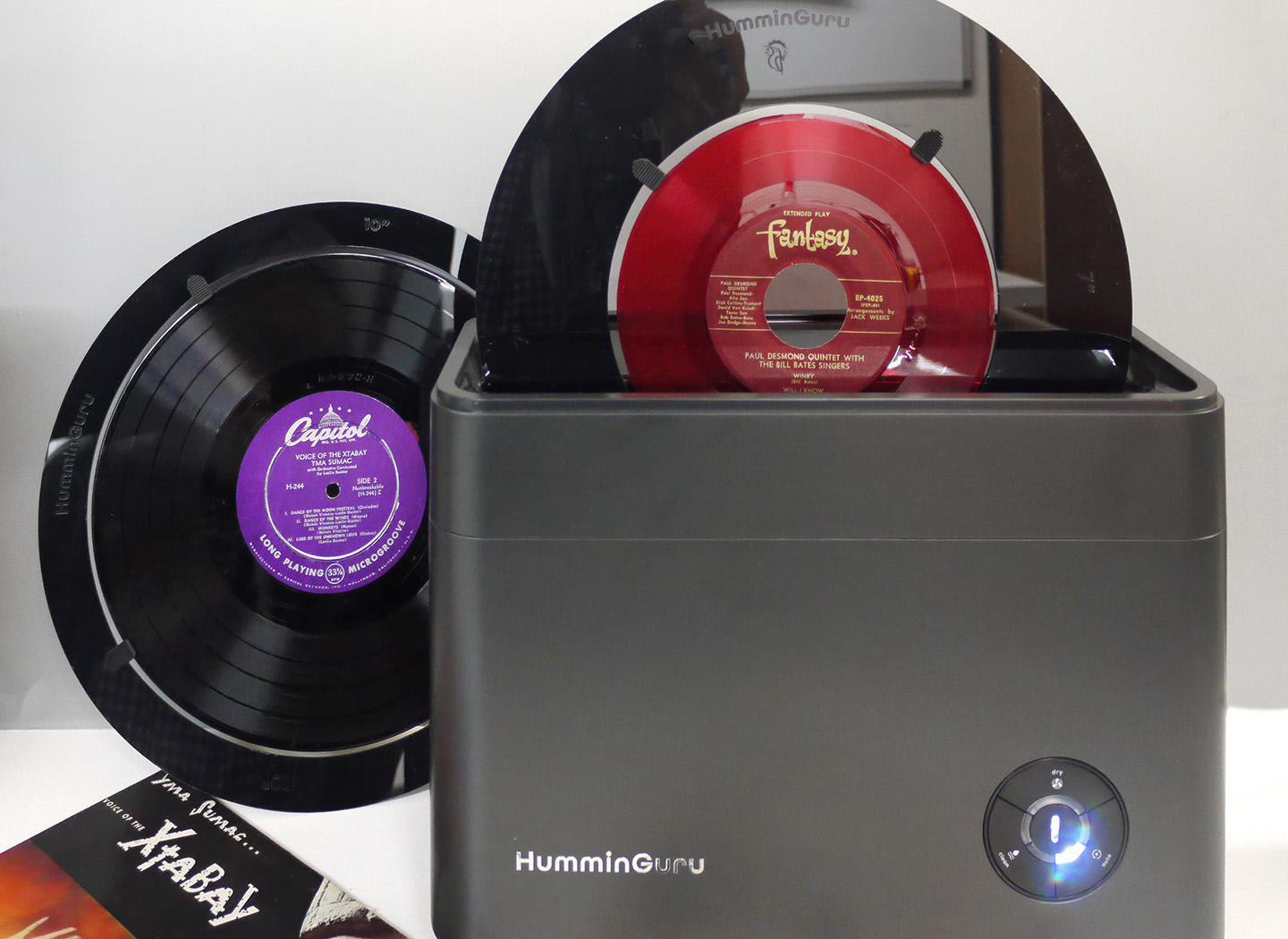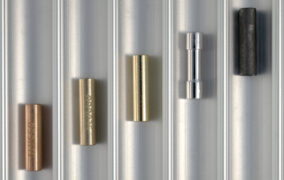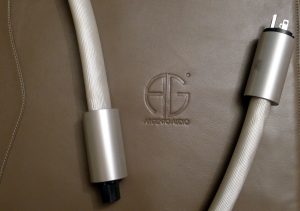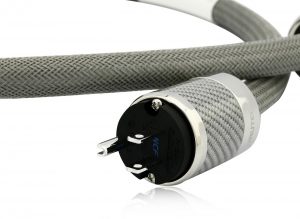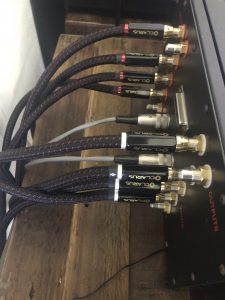My last foray in the fiefdom of iFi focused on fixing a pair of power problems that plague too many audio setups: ground loops and DC offset. The diminutive GND Defender and DC Blocker elegantly address that annoying rattle and hum—and at the most un-audio-extortionate prices. As I mentioned in that review HERE, the two devices are part of a new product line iFi calls SilentPower. Joining them are two power cords, the Nova and SupaNova.
I've listened to lots of power cords, purchased more than a few, but don't recall ever actually reviewing any. Not because half the internet just knows power cords can't make a difference, and even if they did, only an audiophool would spend over $1000 for one. Or even over $10, apparently. I have demurred because while expensive power cords can, and usually do improve the sound of a component, they are inherently system and electrical service dependent. But there is a real case to be made for checking out the mid-market where iFi has its well-earned reputation for providing real value for money. In this case, we are talking $209 USD for the Nova, while the SupaNova stretches the bargain budget all the way to $349.
The dollar difference is due to the SupaNova sporting a pod two-thirds along its 70.8" (1.8m) length, housing a version of iFi's Active Noise Cancellation II system. Applying a concept familiar from Bose-style noise-cancelling headphones, the ANC circuitry inverts the phase of RFI riding the power line, then re-combines it with the feed to cancel out the "noise." iFi introduced the technology first with low voltage iPower wall-warts, next with the plug-in AC iPurifier, and then with the PowerStation. The latter was marketed with a generic IEC power cord, but also with a hint that adding an AC iPurifier in one of its outlets would further improve performance. The SilentPower cords will surely be of special interest to PowerStation owners or prospective buyers.
Physically, the two iFi cables are quite eye-catching, with a brass collar near the wall plug end bearing the discreet iFi logo and product names—it's not there just to facilitate unplugging I'm sure. Audiophiles of a certain age may risk Monster Cable acid flashbacks upon first glance at the clear polymer outer tubing—but all that shiny copper is not old-school naked conductors, rather the woven shields that individually encase each conductor's dielectric. iFi is keen on the complex geometry: what you see are two runs of paired hot and neutral in a DNA double spiral (separated by air-tube spacers) surrounding a single central ground conductor. iFi calls this True Balanced—the premise here is to balance/cancel the electromagnetic fields produced by any current-carrying wire. This means the un-spiraled ground leg is unaffected by proximity to the hot and/or neutral—no induced voltage and a constant impedance; iFi calls this Ground Neutral.
The cables arrived nicely packed, wrapped in cloth bags inside foam-filled cardboard cartons. There's some info about the cables on the box and a card inside, but I pestered them for more than ad-copy. Each conductor is stranded 13 AWG, so two runs combined would mean 10 AWG per hot and neutral, 13 AWG only for the ground leg. The "Concurrent Shielding" of each individual conductor is tied to ground at both ends. At just over 1/2" diameter, the cables are still flexible—they can twist enough to orient plug and socket as well as bend more easily than many audiophile power cords. The end connectors are gold-plated copper. But bargain price or not, this is not just re-branded Belden, baby.
While the base Nova is impressive, the SupaNova's noise cancellation and ground fault detection systems are unique at anywhere near their price point—I don't have any power cords priced as low as either for comparison, but my preferred "reasonably priced" AC cord for some time has been the Coincident Speaker Technology Statement ST-10 (originally $595 USD, version 10.2 is now $625). It has worked better in my system (and not just with their Dynamo 34SE Mk II amp) than several more expensive cords I've tried. Interestingly, Coincident also stresses the importance of their own geometry in dealing with internal and external electromagnetic fields.
I gave the two iFi cords 24+ hrs on my Hagerman Frycorder, followed by upwards of 100 hrs run-in using my Bel Canto mono blocks and inefficient Spendor LS3/5a speakers, face to face and connected out-of-phase. I considered this adequate for evaluation, but would expect any cable might well further improve over time and under load. So just listen.
I used a cryo'ed Hubbell duplex on a dedicated 20 amp line rather than the upmarket Audience outlet—or a generic $1.59 cheapo. While both iFis had sounded a bit brash before burn-in, balance much improved afterwards. I used them to power the dual-mono Class A single-ended solid state Valvet 2se amplifier, driving Spatial Audio M4 Hologram Triode Master open-baffle loudspeakers, and the Spendors with Tellurium Q Ultra Silver and Silversmith Fidelium speaker cables. Six meter long interconnects connect the source rack to the amplifier, so it needs its own dedicated outlet, conditioner, and power cord. I mostly used my streaming setup (Roon Nucleus to UpTone etherREGEN to Sonore ultraRendu to Chord Qutest to passive Bent Audio TAP preamplifier). Interconnects and USB cables were primarily by Unique Innovation Technology. Other than the streaming gear's linear power supplies' own AC cords, the only other IEC power cable was attached to an iFi PowerStation that the fed the source gear.
First, the obvious: compared to a couple of generic 16 to 18 gauge freebie IEC cables I scrounged from the bottom of a closet, the iFi Nova was a no-brainer. I'd actually recommend getting a Nova before considering any other $200 upgrade in a tight-budget system: it will make them all sound better too. The Nova was impressively clean and dynamic, especially in the bass. In my "pretty high resolution" system, however, it seemed the Nova was having some problems keeping up when the music got complex and dynamically demanding—but the 3x the price Coincident cable only did a bit better straight in to the wall. This is why Vishnu (preserver and protector of the Universe) created power conditioning, of course.
Second, and not a surprise: the SupaNova sounded altogether better than the Nova, which has to be down to the noise-cancelling module. Mere humans can't hear RFI "noise," but audio electronics are stressed dealing with it, and that can be all too audible. Absent RFI, everything sounds cleaner, clearer, more relaxed. Soundstage width and depth, instrumental textures, hall sound and reverb all improve with the SupaNova. How much would likely vary with the level of RFI affliction, the component's ability to deal with the contamination, and overall system resolution. I live on the island of Martha's Vineyard, and in summer come hordes of cell-phone dependent vacationers expecting air-conditioning to 68˚, flatscreens and wi-fi, and a charger for their Teslas. I auditioned the cables in August, so I guarantee RFI was an issue with the Nova. After October's Indigenous Peoples (née Columbus) Day, the McMansions here go dark and quality of the AC improves dramatically; I'd wager the difference between the two iFis might thus narrow.
There are other power cords out there with "pods" or other schemes to deal with RFI problems, but none anywhere near the SupaNova's price point. One I have is the Perfect Music Purifier from Unique Innovation Technology, which sells direct-only for $1450 USD. It employs a very different technology to remove noise on the ground leg and reduce inter channel crosstalk (and also eliminate differential mode RFI). It is intended to work with a single component, not with power strips or conditioners. I normally use it on my AQVOX phono stage—extra noise reduction and isolation is always welcome with analog. Comparing it to the SupaNova on the Valvet was interesting—just what does that extra $1100 add to your listening pleasure? A smoother, richer tonal balance; a mesmerizing way with microdynamics; a wider, deeper, and more continuous soundstage; in short, a more analogish/tubish presentation.
Okay, so besides saving you $1100, what does the SupaNova bring to the party? Well, a party, actually. 'Twas the ancient and honorable Brits that gave us PRaT after all, and the iFi house sound hews happily to that tradition of toe-tapping good times. Pace, Rhythm, and Timing means macro-dynamics, "fast" bass, brilliant transients, and pinpoint imaging. While the UIT might better draw one into the complex interplay of an ensemble, the iFi is more likely get the listener bouncing around the room flailing at the old air guitar. Kind of a mind/body thing.
And then there's that pod. The SupaNova ANC II section runs in parallel with all the conductors, and works to reduce both noise from the AC entering the component as well as noise from the component going back onto the mains. This two-way isolation is important when more than one component shares a circuit or outlet. The aforementioned individual conductor shields are also connected to a RFI suppression network on the ANC. This integration is probably why the SupaNova sounds better than a Nova sharing an outlet with an iFi AC iPurifier ($109). The "pod" also provides surge protection, eliminating the need for a cheap power strip. Finally, there are green LEDs to confirm correct AC polarity and the ground connection. It's worth noting that there many HiFi and AV components—including disk players, tuners, even amps and sub-woofers—that require IEC cables but lack a separate ground prong. The ANC remains active with them, a real advantage over conditioners that shunt component noise to ground. The LEDs will turn red if there are ground issues (such as "lifting" the ground to deal with ground loops), but the ANC still functions then too.
Like any reviewer, I have my playlists of challenging recordings, but I also rely on an old audiophile tactic that harkens back to my days comparing LP pressings and performances. Given different versions, the equipment that better reveals improvements in both technical parameters and musical expression is indeed better. With digital streaming services today it is effortless to make such comparisons: CD quality versus Hi-Res, PCM vs DSD, etc. Thus for this review I spent a lot of time listening to the 192kHz/24-bit re-masters of Joni Mitchell's early Reprise albums, released a few months ago, courtesy of Roon/Qobuz. As with her fellow Canuck Neil Young, the Joni Mitchell Archive wants her legacy heard right. The Reprise albums are bundled together, so look for this thumbnail:
I've followed her career from the very beginning, so please indulge me if I share one of my photographs of Joni back when:
Better reproduction of the re-masters means more fluid and nuanced vocals, different miking and mixing from the studios, wider soundstage, more effective use of her unusual guitar tunings, and finally, differentiation of the dulcimer strings rather than a constant drone.
Likewise, I compare different performances: live vs. studio, early versus recent, etc. This is especially true with classical music, where artists often return to repertoire—the Glenn Gould Goldbergs syndrome. Bach's keyboard works may long predate the modern grand piano, but without frequency extremes and awesome dynamics, they are ideal for evaluating inner detail, texture, and "musicality" rather than slam, sizzle, or soundstage. I'd admired Andras Schiff's Bach since the LP era, and here again it was fascinating to compare the 80s London/Decca Well-Tempered with the 2012 ECM version. Again, the more different, the better.
The power conditioner I use for my dedicated amp circuit is the estimable Audience aR2p-T4 ($2400). I had auditioned several other "affordable" single-outlet conditioners before biting the bullet on what kind of looks like an oversized wall-wart. So I have some confidence in saying the SupaNova is as good or better than most of what I passed on. Running the Valvet through the Audience/Coincident combo means there's $3000 between the $4000 amp and $20 of Romex running to the electrical panel. Yes, they sound better than the iFi SupaNova, and I'd say by a fair margin, except for the fact that comparing the SupaNova to a set-up 8.5x as expensive is hardly fair.
The differences were obvious with the Fidelium speaker cables feeding the Spatials: more air, more space, more body, more texture, more resolution, more real. Basically, more engaging, yet I never actually felt I was missing much of anything when the SupaNova was holding court—until making those direct A vs. B comparisons. And in fact those differences were less evident using the (more expensive) Tellurium Q Ultra Silver cables and the vintage Spendor LS3/5a monitors, especially in those PraT parameters—like bass power and treble sparkle. My Spendors are banana plug only, and the Fideliums want binding posts, so I couldn't make that comparison. But Team UK really did get on quite well together, the TQs and Spendors being an excellent mates for the iFi. As always, system matching is what it is all about.
So, I also wanted to try the iFi cords in "more appropriate" situations… like with a mid-market integrated amp like the $599 PS Audio Sprout 100 that anchors my desktop system. That's where I clean and audition used LPs as well as write the occasional review, often streaming straight from the Mac Mini to the Sprout's DAC and Amphion Argo 2 loudspeakers. My main system, with the dipole Spatials, plays the room as well as the music—a classic enveloping, 3D, "you are there" presentation. The Sprout setup plays the music as recorded—more the near-field monitor "they are here" approach: lean, clean, and lively. Yet inserting the SupaNova was still a treat, noticeably increasing perceived resolution, transparency, and "body." PS Audio makes fine power conditioners, but the McGowans don't have anything for the Sprout's price point—and iFi sure does.
Right now I'm listening to Songs of Comfort and Hope from Yo-Yo Ma and Kathryn Stott through the SupaNova and Sprout. If the Grammys have a Best Pandemic Classical Crossover category, this one would get my vote.
It was well-recorded in Worcester's Mechanics Hall, another fine and familiar venue that has gone dark for the duration. The storm and surf were patched in of course, but then I can do that "live vs. recorded" test from my island home.
The "integrated" cable/conditioner design of the SupaNova also makes it a natural for the various flavors of DAC/Headphone Amp/Streamer desktop combos. And should you need an extra outlet there, it works nicely with the $40 Audioquest three-outlet strip. It's simply ideal for any gear physically detached from the source equipment, like powered speakers and subwoofers. I don't have any of the former, and I don't review Home Theater stuff, but I did bring the SupaNova upstairs where a Syzygy wireless sub sits across the room from the rest of my modest 5.1 video system. That "fast" bass brought increased slam and definition to your average blockbuster; intrigued, I put the Nova on the sub, the SupaNova on the Marantz AV receiver (both 2-prong IECs), with the result of much more intelligible dialog, improved dynamics and imaging, and simply much better overall sound, especially on the multi-channel SACDs I enjoy from the couch.
Finally, remember the iFi PowerStation? When I decided to add the streaming gear and a Schiit Vali 2+ headphone amp to my main system, I had no shelf space in the rack for them. So I removed the PS Audio Power Plant to free up the bottom shelf, appropriated the iFi PowerStation I'd been using with the Sprout system, and installed it against the wall to the side of the rack for easy access (and much less cable tangle). Recalling that iFi had encouraged adding an AC iPurifier to the PowerStation, I tried feeding it with the SupaNova. The resulting sound was voluptuous indeed, but a bit too lush for my taste; perhaps the two ANC systems were having a spat over PRat. If you have or intend to buy a PowerStation, I'd suggest you start with a Nova or two. If tempted by a SupaNova, try it knowing you can also use it direct to the amp.
iFi's core ethos seems to be maximum performance for minimum price. They could probably cook up a $20K Tesla if they put their minds to it. Fortunately for audiophiles, from the beginning AMR's uppity offshoot has instead released a galaxy of unique and disruptive products at price points that have forced other firms to readdress their design and marketing priorities. The Nova and SupaNova are classic iFi: not the cost-no-object ultimate perhaps, but they sure expand the universe of affordable fi. Some will quibble over the "look," but a few feet of basic black expandable Techflex should fix that. Personally, I'd like the option of a 1m Nova, as it is most likely to be used with a PowerStation or other conditioner, and 12' of combined cable is more than most would need, and the design looks too complex for my DIY chopping skills.
But if you are put off by the astronomical prices of many audiophile power cords, it's hardly rocket science to take a flyer on the $209 Nova, or the $349 SupaNova. They set new benchmarks for affordable audiophile power cables.
Highly recommended, too.
Nova Power Cords
Retail: $209
SupaNova Power Cords
Retail: $349
iFi





